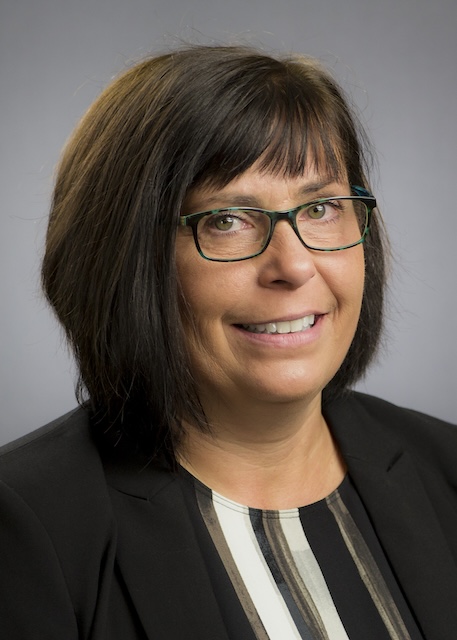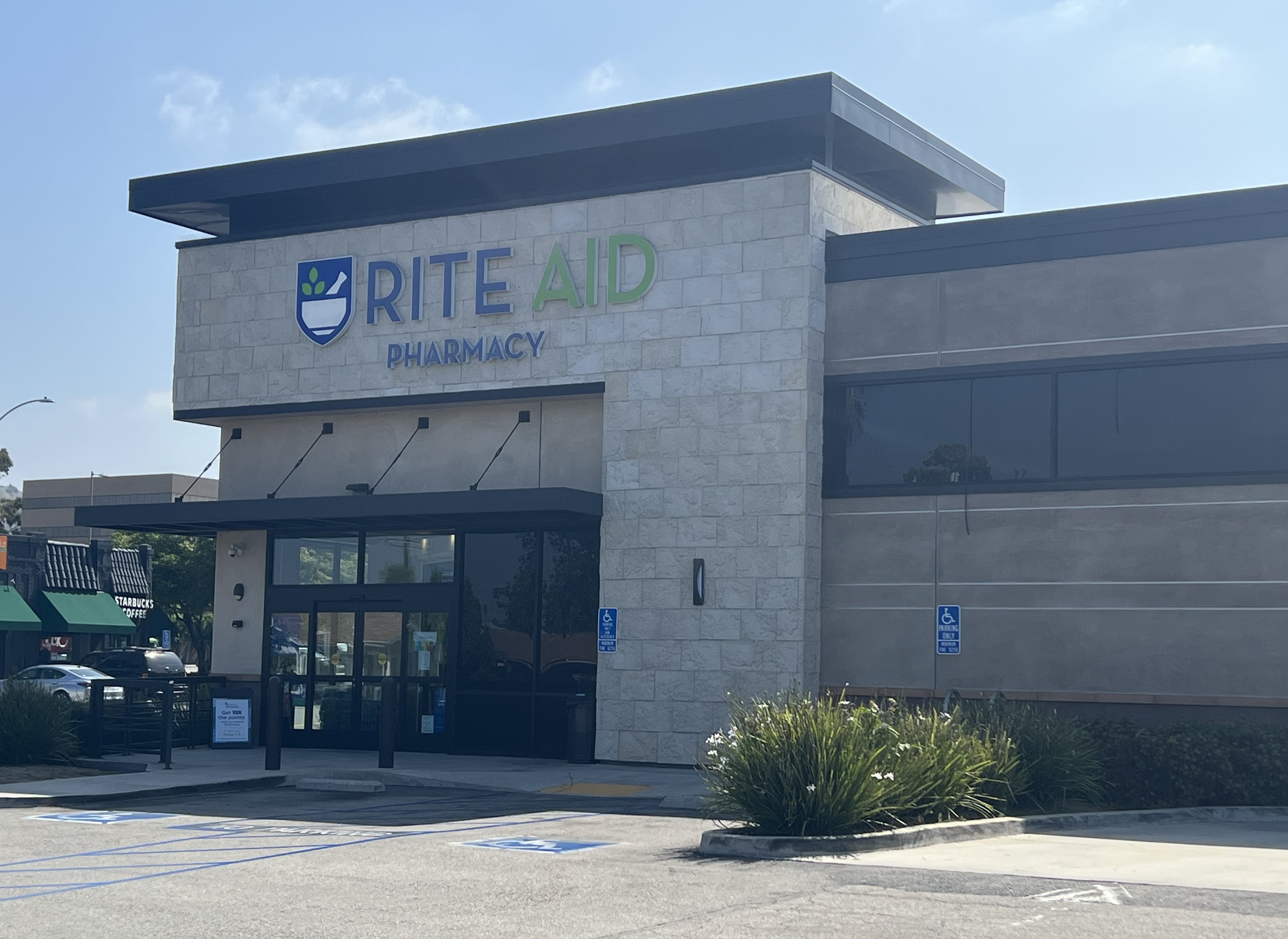Column: Getting out from under credit card debt
Published 11:30 am Friday, June 6, 2025
Those with credit card debt often suffer in silence, embarrassed by their financial circumstances. Chances are, though, someone close to them is or has been in a similar position.
In fact, according to the Federal Reserve Bank of New York, U.S. households were holding $1.2 trillion in credit card debt in Q1 2025, just short of the record set in Q4 2024. And credit card debt has swelled in recent years as the price of just about everything has risen, jumping more than 50% since 2021, according to a LendingTree report.
Oregonians are far from immune. While Oregon households ranked 22nd in the U.S. with an average of $7,484 in credit card debt, credit card debt is rising here faster than in most states, up 10.9% compared to the same time last year.
Anecdotally, the increasing number of Central Oregonians who have asked us for help seems to support the data, too.
With delinquencies also near a record high, the problem isn’t going away soon. But credit card debt isn’t insurmountable either, especially if you’re willing to ask for help.
Typically, when we discuss how best to get out of credit card debt, we recommend working with a debt counselor like those offered by our partner, GreenPath Financial Services. Such services can help build a custom repayment plan and negotiate more favorable terms and interest rates with creditors–ultimately lowering the total debt.
The steps to turn the tables on debt are straightforward, too: Stop adding to the balance: The most urgent step is also the most essential: Put the card away and switch to cash or a debit card while working on a plan.
If possible, exceed the minimum payment: Paying only the minimum helps you tread water, but little else. Even a modest increase in your payment can significantly shrink the payoff timeline. Review your monthly budget to reduce spending on “nice to haves,” then apply those savings toward your principal. (You can always bring back some of those “nice to haves” once you’re on track again.)
Tackle higher interest rates first: Begin by paying off the credit card charging the highest interest rate. This will save you the most money over time. If you have cards charging similar rates, pay down the card with the smallest balance for a quicker win.
Consider a balance transfer or debt consolidation loan: Depending on your credit score, you may be able to reduce interest by consolidating your debt into a lower-rate loan. But be mindful of fees and terms before applying for more credit.
Although there are many steps you can take on your own to reduce credit card debt, rememberthat you’re not alone. Reaching out for help, whether from your financial institution or a reputable credit counseling service, can go a long way toward long-term success.
Sandy Wagner is the Central Oregon Regional Manager for SELCO Community Credit Union.







